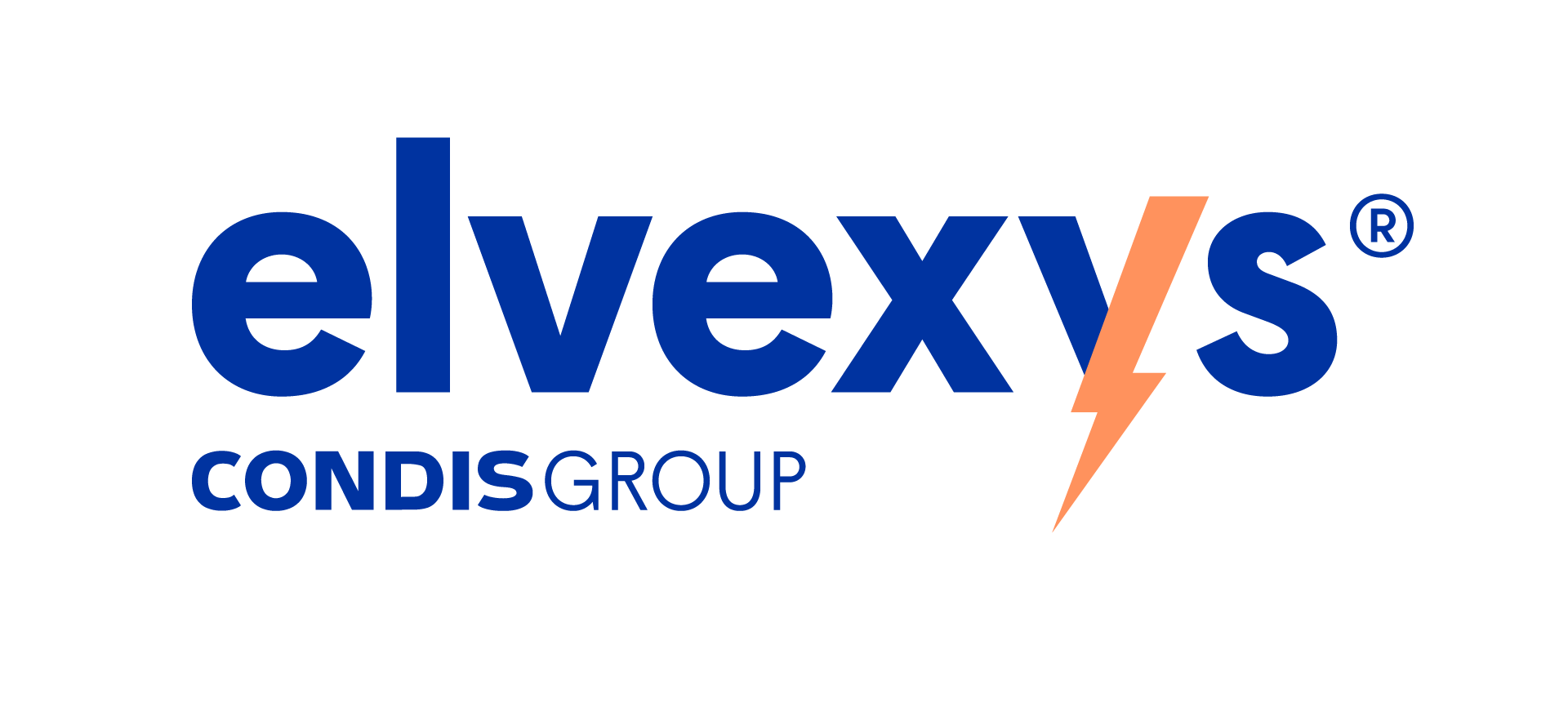
IEC 61850
In this series, we will ask questions around the IEC 61850 standard. Our aim is to evaluate the level of adoption of different actors we work with, the challenges of such paradigm shift, but also its opportunities and first successes.
About the interviewee:
Eric Cottens is Managing Director at Cottens & Badoux Energy Services SA (CESSA). The Swiss firm is Elvexys' partner in the configuration of IEDs protection scheme. CESSA has worked jointly with Elvexys on many projects with utilities internationally. In this interview, Eric Cottens talks about the challenges and opportunities of the digitalisation of the grid and more specifically, on the use of IEC 61850.
09.12.2022
According to you, what are the essential advantages of intelligent devices in the electrical substation?
"The are some advantages when using IEDs in a substation:
First of all, the IEDs do have an internal software & hardware supervision, which allows the periodic maintenance testing interval to be increased to a time period of 5 years. For electromechanical relays, this time interval is generally one to two years, whereas for solid state relays, it is extended to three years.
Secondly, IEDs are part of the IEC 61850 world. This means that they all "speak" and "understand" the SCL (Substation Communication Language) which is a common language based on XML. If some communication engineering effort still needs to be invested on the projects, this is not to compare with the other proprietary protocols where each project contained a specific development part for this topic. Furthermore, the amount of information that can be accessed has increased enormously, helping the decision process for the network management. Finally, the achieved interoperability between IEDs makes their replacement easier. With some experience, you can immediately get and understand the configuration and the functionality of an IED by browsing it."
What are the most challenging aspects of the digitisation of the grid?
"I think that one of the most challenging aspects is the data processing in order to ensure that the different users only get the specific information they are interested in and not a huge amount of unfiltered data.
Another challenging aspect is the cyber security, and more particularly, avoiding external access to the system without increasing the engineering work too much and making the task for the technical people too difficult."
"The amount of information that can be accessed has increased enormously, helping the decision process for the network management."
Eric Cottens
On the other side, what are its main opportunities?
"One of the opportunities I see is the possibility to get information related to the operation, e.g. the number of opening and closing commands done by a connecting piece of equipment, that could be used for maintenance power purposes. This means that normal time-based maintenance of primary equipment could be replaced by a condition-based maintenance, reducing costs. Another opportunity is related to the integration of renewable energy sources where digitalisation could help keeping the network stability and in parallel, a better use of spare transport capacity."
One of the key goals of IEC 61850 is the IED interoperability, but we see in practice that certain parts of the standard are interpreted differently by manufacturers, which can lead to interoperability problems. What is your opinion on this, is the interoperability good with IEC 61850?
"If we look back into the past, we can see that interoperability has increased over the years. Moreover, it is also true that we still face a few problems. One of these problems is the new presence of private tags in the SCL files, required by the IEDs to work properly or by the manufacturer's software to import files. These private tags can easily be managed by the manufacturer's software but with more difficulties by third party software. It is obvious that, if the interoperability was totally achieved, any IED could be replaced by another one, as long as the functionality is covered. This is for sure not the goal of the manufacturers as they would like to sell their equipment as much as possible. Furthermore, the manufacturers are well represented in the IEC working groups... To summarise, interoperability should still be improved if we want to be more efficient in projects."
"We would like to thank Eric Cottens for his time and his insightful thoughts on the IEC 61850 standard and its implementation."
Elvexys Team

